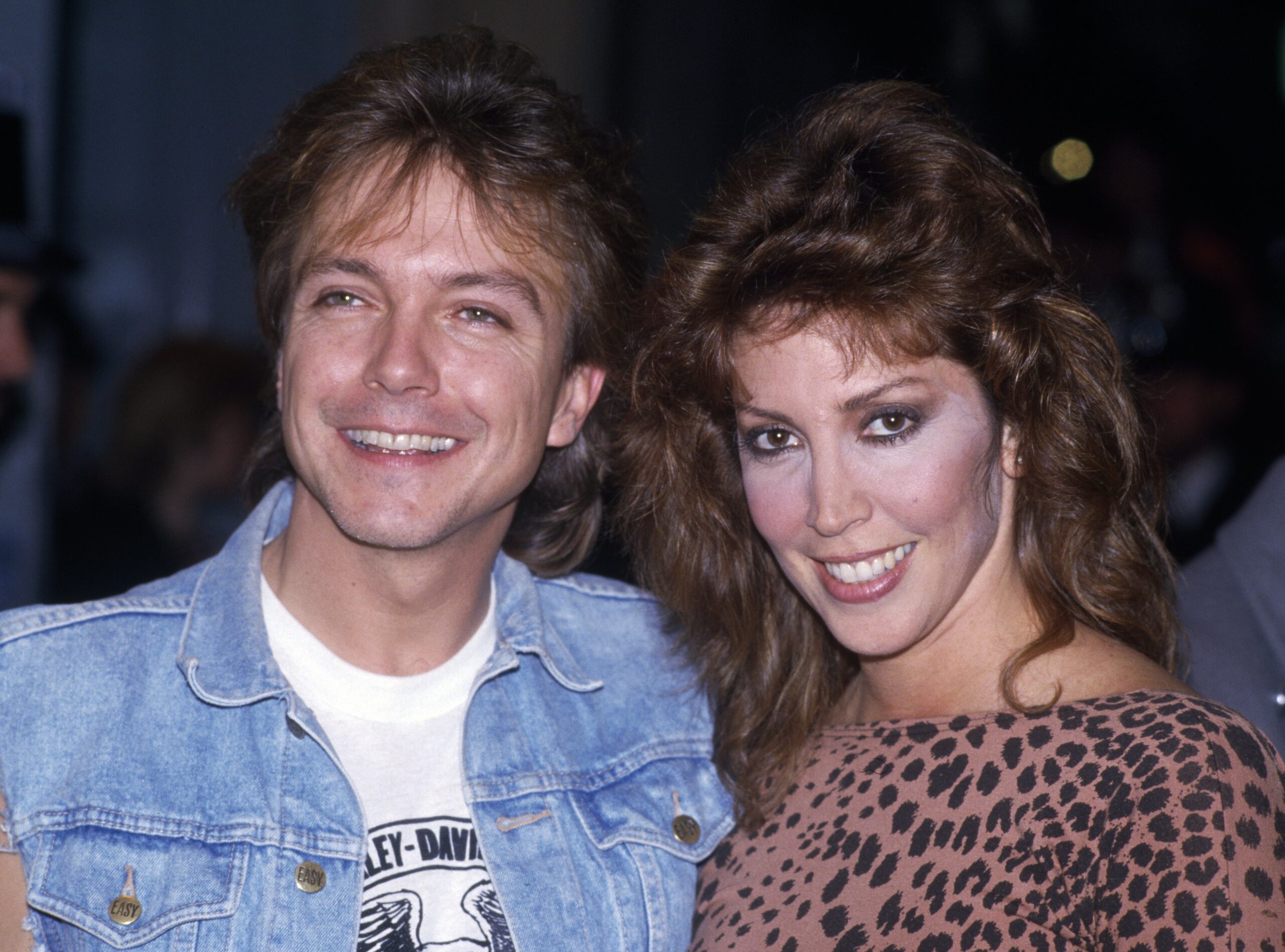
A vow whispered in soft light—the way young love promises to last, even while time proves how fragile promises can be.
When David Cassidy chose “Cherish” for his first solo single, he wasn’t just covering a 1966 classic; he was stepping out from the bright, scripted world of The Partridge Family and asking to be heard as himself. Released in October 1971 on Bell Records and produced by Wes Farrell, Cassidy’s “Cherish” quickly became the calling card for a new phase of his career: it reached No. 9 on the Billboard Hot 100 and No. 1 on the Adult Contemporary chart, and the single earned RIAA Gold in the U.S. that December. In the U.K., paired as a double A-side with “Could It Be Forever,” it climbed to No. 2 in spring 1972, the precise moment British audiences realized they were hearing a star with a voice far warmer and more vulnerable than his teen-idol poster suggested. The song’s worldwide pull was equally striking: in Australia it was a major hit—topping some retrospective national tallies and reaching No. 2 on the contemporaneous Go-Set chart—evidence of how completely Cassidy’s rendition cut across borders.
Those chart victories set the stage for his debut album, Cherish (1972), tracked at Western Recorders in Hollywood and shaped by Farrell’s lush, radio-ready production. Issued in the U.S. in February and the U.K. in March, the record affirmed what the single had promised: Cassidy, newly renegotiated and newly determined, was moving toward a more adult pop sensibility, still melodic and tender but now shaded with experience. The album itself rose to No. 15 in the U.S. and No. 2 in the U.K., anchoring a run that would make him one of the era’s most bankable young vocalists.
The story behind his choice of “Cherish” is quietly strategic. Farrell wanted a song of immediate recognition, but not one already defined by a famous cover; a familiar melody would open the door, Cassidy’s interpretation would keep listeners inside. The original—written by Terry Kirkman and recorded by The Association—had been a No. 1 U.S. hit in 1966, a slow heartbeat of a ballad that pondered the difference between infatuation and love. Cassidy leans into that reflective core, but he alters the song’s emotional temperature: the way his version lingers on the coda—“And I do cherish you”—turns uncertainty into promise, a small but revealing shift from doubt to devotion.
What gives his performance its staying power isn’t just craft—though there’s plenty of it in the arrangement, the strings, the measured rise of his phrasing. It’s the feeling that Cassidy is singing from the threshold between adolescence and adulthood. You can hear the last glow of the teen-idol spotlight, but you also hear a young man reaching for a more lasting kind of voice. The track has that early-’70s satin—soft-focus guitars, a rhythm section that respects space—but Cassidy’s delivery is the part that settles into memory. He doesn’t belt; he confides. He doesn’t grandstand; he leans closer. For many listeners—especially those who remember long-distance calls, prom corsages, and cars with bench seats—this is what the word cherish sounded like when the future still felt wide open.
There’s also a deeper meaning carried over from Kirkman’s lyric. The Association’s original has often been read as a study in longing tempered by hesitation: the narrator isn’t sure if what he feels is love, and he’s not sure the feeling will be returned. Cassidy’s reading respects that ambivalence but reframes it as a pledge. Where the 1966 version hovers in delicate doubt, the 1971 cut moves toward commitment, as if Cassidy is saying: I may be young, but I know what matters, and I’m going to hold it carefully. That’s why the song resonated so strongly with older listeners, too—it’s not a pep talk; it’s a promise spoken quietly enough to believe.
All of this explains why the single became the keystone of the Cherish album cycle. In America, its Hot 100 Top-10 and Adult Contemporary No. 1 standing gave Cassidy instant credibility beyond television. In Britain, that double A-side rush up the charts in April–May 1972 announced a phenomenon. And in Australia, the split between Go-Set’s weekly peak (No. 2) and Kent/AMR’s retrospective national lists (often recording two weeks at No. 1 in 1972) only underlines how thoroughly the record saturated the country’s airwaves. Whichever statistic you favor, the verdict is the same: this is the moment David Cassidy became David Cassidy—not a character, not a crush, but a singer with his own center of gravity.
More than fifty years on, “Cherish” still works like a slide projector: it throws a warm circle of light on the wall and invites your older self to sit with your younger one for three and a half minutes. You remember the phone calls cut short by parents, the notes folded into perfect squares, the way a name written in ink could feel like a vow. Cassidy’s voice doesn’t promise that love will last; it promises that the moments when you felt it—truly felt it—will. And that, perhaps, is what we cherish most.
Key facts at a glance: “Cherish” (single) released October 1971; U.S. peaks No. 9 Hot 100 / No. 1 Adult Contemporary and RIAA Gold; U.K. double A-side No. 2 in April–May 1972; Australian success recorded as Go-Set No. 2 at the time and No. 1 on later national tallies; album Cherish issued Feb–Mar 1972 (U.S./U.K.) and produced by Wes Farrell for Bell Records.